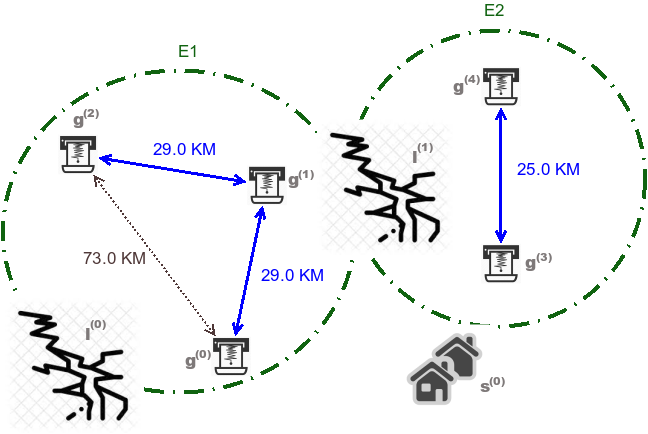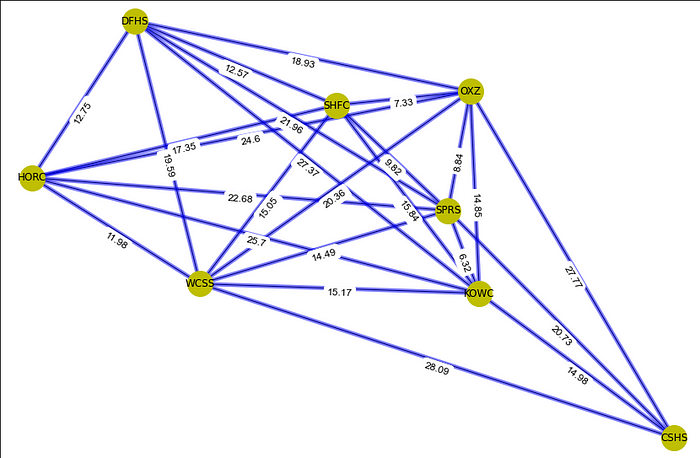Reliably clustering IoT Sensor Networks
I recently published an article: “Regularity bounded sensor clustering”. Several colleagues said that the IoT research/practitioner community would not discover the article. The article is specific to earthquake sensor networks and the novel Propagation of Local Undamped Motion (PLUM) hybrid earthquake detection algorithm. The language, in the paper, doesn’t quite connect the application of my graph regularity coupled clustering method for feature-based grouping of IoT sensor networks for adopting the PLUM hybrid detector. Let me try to make that connection.

A station, with an accelerometer (sensor) and the embedded PLUM hybrid detection algorithm, makes use of neighboring station sensor reading to estimate the earthquake’s Modified Merchalli Intensity (MMI). The reader is expected to understand earthquake seismic wave propagation and their characteristics. The attenuation of the seismic wave is correlated with the MMI at a location relative to the seismic source; i.e. the further away the IoT sensor is from the signal-originating source the lower the signal’s amplitude and frequency reading. For such the PLUM requires two key geometric properties (features): (i) Proximity — haversine distance between the sensors (close to the seismic source) to receive an accurate reading before the signal dampens and (ii) Density — number of sensors, within the seismic region, to use the maximum reading from the set of neighboring sensors.

The challenge was, for a given geometric distribution of sensors, “Can we find a dense cluster of sensors that a in the stipulated proximity to implement the PLUM hybrid detector?” Several graph and point-space (cloud) clustering methods were evaluated. Experiments, using data associated with New Zealand’s Seismic Network, realized that clustering alone was inadequate. It required an additional strict checking of the graph's regularity to ensure both proximity and density constraints were preserved.
Governed by wave attenuation principles, proximity, and density features are inherent in many interconnected (meshed) IoT sensor networks; especially, motion sensors. These constraints establish the properties for reliably estimating alarming signals for detecting events of interest.
The regularity-bounded clustering pipeline recommends starting with the HDBSCAN cloud clustering method and then applying a strict graph regularity step to remove nodes (stations) that do not comply with the required intra-station distance and node degree.
